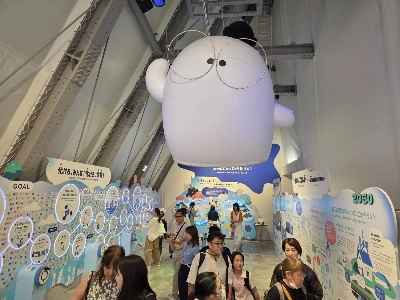Before he became Pope Francis, Cardinal Jorge Mario Bergoglio was a devotee of La Virgen Desatanudos — Mary the untier of knots, the virgin mother of Jesus as a solver of gnarly problems.
He’d need the help. As the supreme pontiff of the Roman Catholic Church, he inherited two millennia of convoluted history and controversy, ranging from geopolitics to theology, from accounting for the Vatican’s riches to addressing the rancid legacy of priestly child abuse, from separating being pious and being just, from preserving influence to projecting power. Francis unraveled a fair few knots following his elevation on March 13, 2013. Now that he’s died, the question is, did he unsnarl enough to ensure his legacy?
His public persona may have been the humble and patient father figure, but Francis spent his 12 years as pope reorganizing the Vatican bureaucracy — the Roman curia — with more than a touch of ruthlessness. It was the kind of steely, no-nonsense style he honed when, as the archbishop of Buenos Aires, he had to clean up a banking scandal inherited from his predecessor. Indeed, much of his energy as pope was spent reforming what’s called the Vatican Bank (the Institute for Works of Religion), a source of seemingly endless scandal for decades. He may have had the power to excommunicate the recalcitrant believer, but his most feared weapon was having an obstreperous church department audited. In his final days, he was wrestling with a looming budgetary crisis: How to pay the pensions of retired priests and nuns.

















With your current subscription plan you can comment on stories. However, before writing your first comment, please create a display name in the Profile section of your subscriber account page.